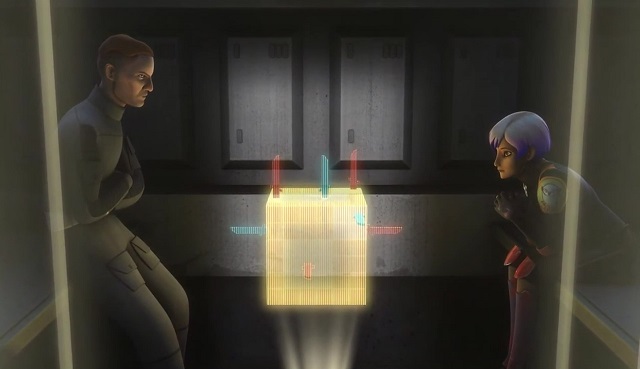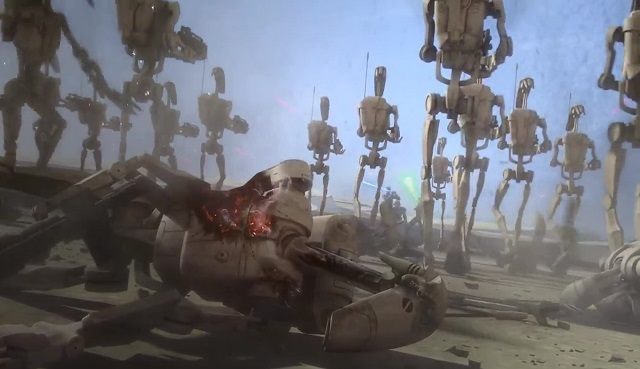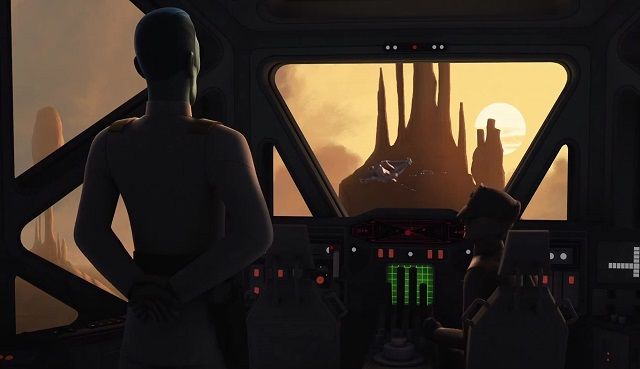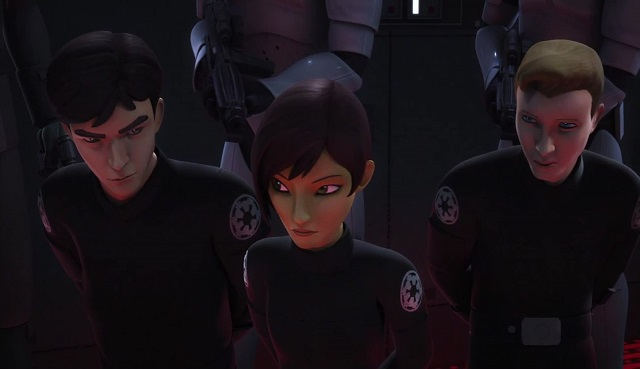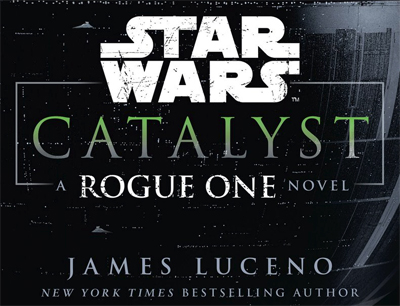 It’s a unique time in the life of Catalyst: A Rogue One Novel. The book is, as the name indicates, a direct tie-in to Rogue One, a movie which is not even out in theaters for another few weeks. We still do not know the extent of how the two works will tie in together, what from one will show up in the other or how much one work may lean on the other for support in character development or story. Thus, this will be an examination of the book on its own merits rather than as a tie-in.
It’s a unique time in the life of Catalyst: A Rogue One Novel. The book is, as the name indicates, a direct tie-in to Rogue One, a movie which is not even out in theaters for another few weeks. We still do not know the extent of how the two works will tie in together, what from one will show up in the other or how much one work may lean on the other for support in character development or story. Thus, this will be an examination of the book on its own merits rather than as a tie-in.
Let’s start with overall impressions before we get into what might be considered spoiler territory. Catalyst is written by James Luceno in the grand tradition of Luceno Star Wars novels, in that it ties to the larger events of a film or other project while still telling its own story. Catalyst is very much a prequel, but it tells its own tale well enough to not need the help of the film to support it. It does, however, give context to larger events by taking us behind the scenes, as it were. In this case, we go behind the scenes of the creation of the Empire’s first superweapon.
Through the novel we follow three characters, Galen Erso and his wife Lyra, along with their “friend” and greatest supporter Orson Krennic. The relationship between the three is complicated and ever-evolving as the galaxy spins, events unfold and everything changes around them. We follow our dysfunctional trio from the midst of the Clone Wars through the end of the war to the midst of the Galactic Empire, but the true strength of the book isn’t in the myriad of references or hints at things yet to come; its strength is the leads and the choices they make, the characters themselves bearing the weight of the story.
